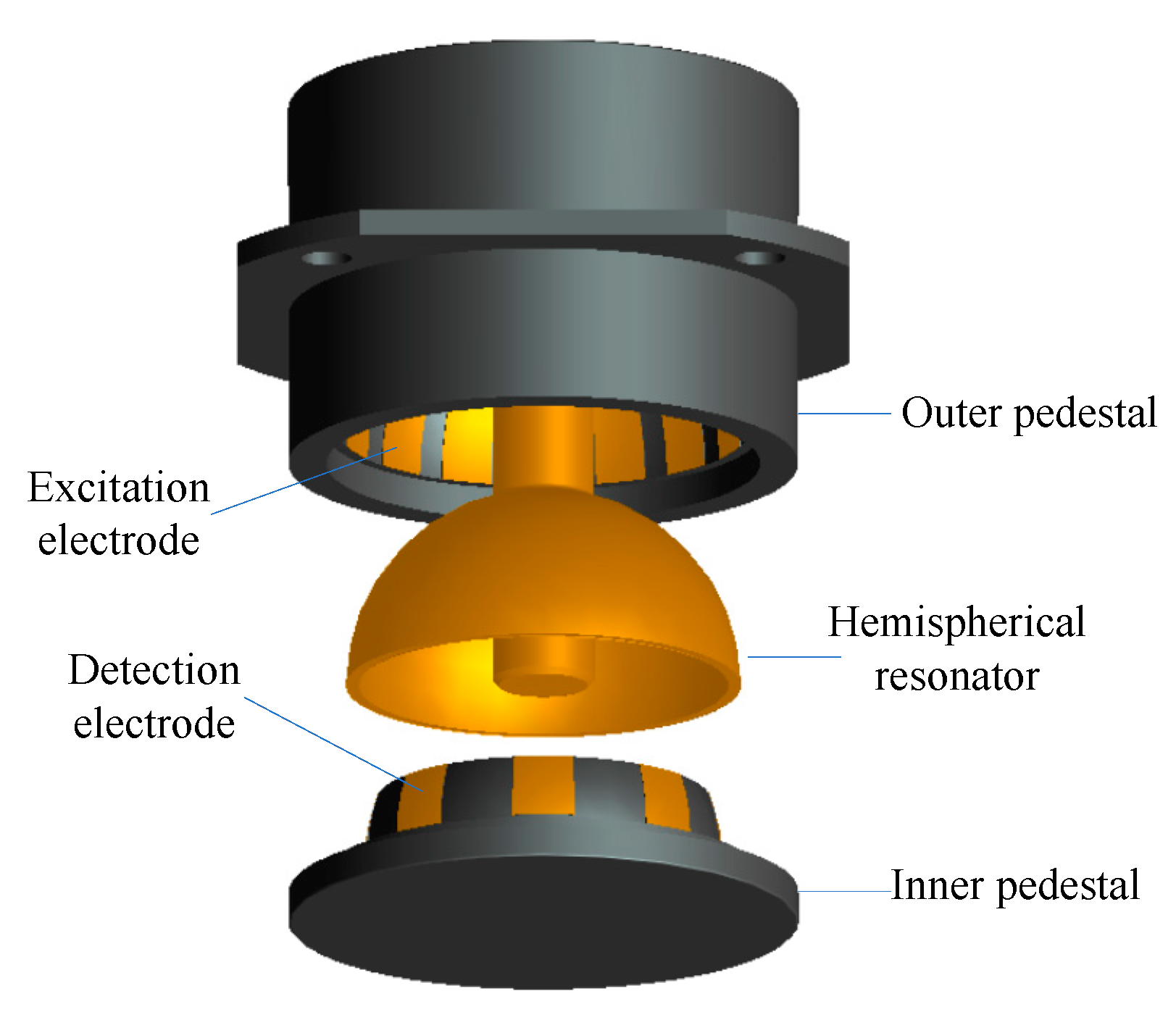Contents

Source: De Gruyter
Understanding Standing-Wave Resonators in Optics
Introduction to Standing-Wave Resonators
Standing-wave resonators, also known as linear resonators, are optical setups consisting of two or more mirrors where light is reflected with normal incidence on two end mirrors. This configuration creates a standing wave within the resonator, formed by two counter-propagating optical waves. In contrast, ring resonators have standing waves only in the vicinity of mirrors due to non-normal incidence reflection.
Characteristics of Linear Resonators
The resonator modes in a linear resonator are always perpendicular to the end mirrors. Even when slightly misaligned, the modes adjust to maintain this condition. Linear resonators, particularly Fabry–Pérot resonators made with two mirrors, are simpler to build and align compared to ring resonators.
Stability Zones in Resonators
Linear resonators typically have two stability zones, while ring resonators have one. Understanding stability zones is crucial for designing resonators for specific applications.
Standing-Wave Patterns
In some cases, standing-wave patterns may not be significant in linear resonators due to light spreading over multiple resonator modes. Polarization effects and the twisted-mode technique can also affect the standing-wave pattern.
Applications and Considerations
Standing waves in linear resonators can impact applications like laser operation, causing spatial hole burning and affecting single-frequency operation. Mode cleaner cavities are often designed as ring resonators to address issues like backreflected light sensitivity.
Conclusion
Standing-wave resonators play a crucial role in optical systems, influencing mode properties, stability, and performance in various applications. Understanding the behavior of standing waves in resonators is essential for optimizing their design and functionality.

Source: MDPI
Feel free to comment your thoughts.



